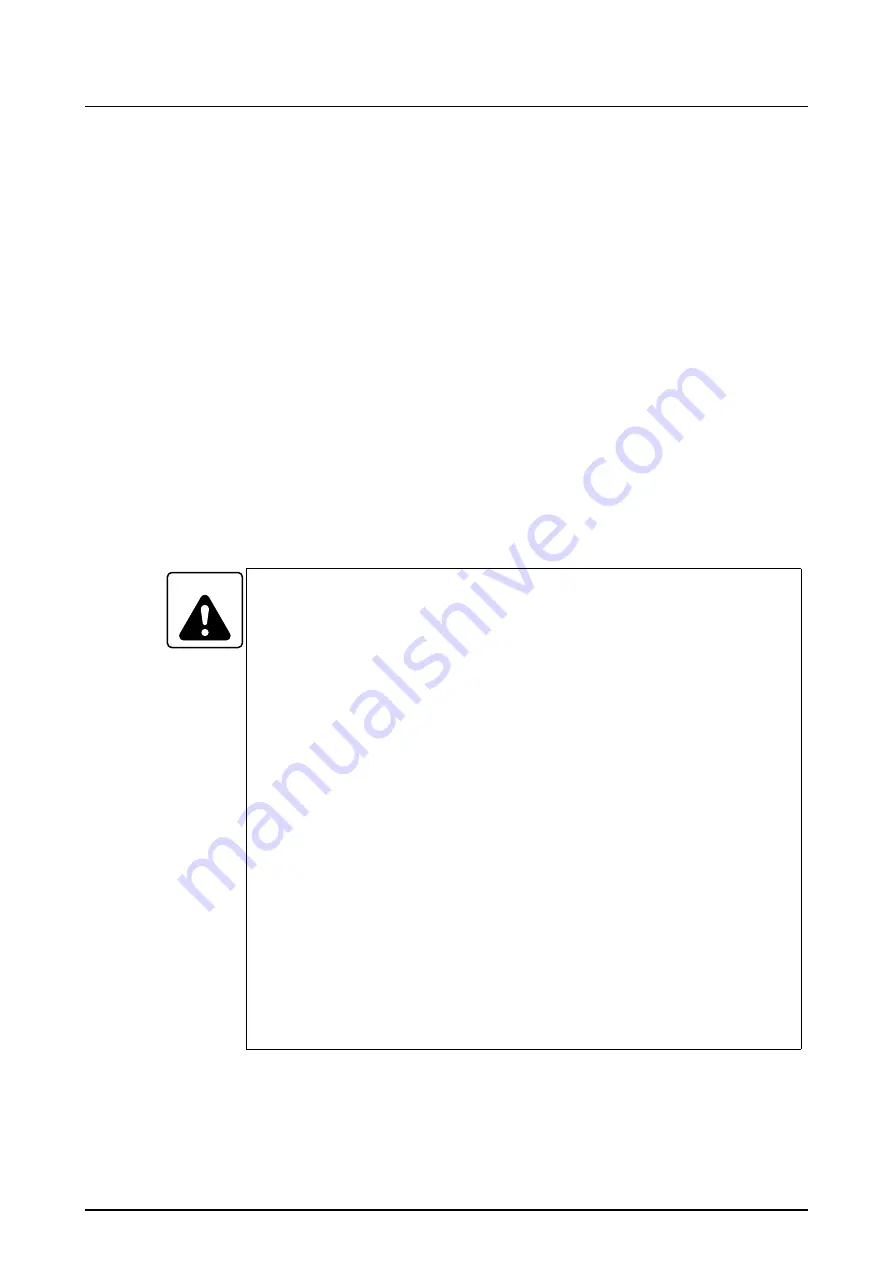
FOR SAFE OPERATION -27-
SO-NL-B9E/O
5
SAFETY PRACTICES WHEN CHUCKING A WORKPIECE
The workpiece gripping capacity of a chuck is lowered as the gripping faces of the chuck jaws
become worn. Furthermore, the workpiece holding capacity of the chuck jaws is greatly
influenced by the nature of the workpiece.
1.
Heavy workpieces with a large diameter apply a large force to the chuck jaws and the force
applied to the chuck jaws can exceed their workpiece holding capacity in some cases.
2.
As the spindle speed increases, the forces acting on the workpiece to cause it to fly out of
the chuck increase.
3.
Improper maintenance, foreign matter, rusting, and inadequate greasing cause reduction of
the workpiece holding capacity of the chuck.
Finally, the machining method determines both the exact force that will be applied to the
workpiece and the chuck jaws, and whether this force exceeds the workpiece holding
capacity of the chuck jaws.
Therefore, review the workpiece holding capacity of the chuck each time the job changes or
at regular intervals if the same job is carried out continuously. Machining which generates
forces exceeding the workpiece holding capacity of the chuck will cause the workpiece to fly
out while the spindle is rotating, causing serious injuries or damage to the machine.
WARNING
1.
A limit is imposed on chuck plunger thrust. If the plunger thrust
exceeds the allowable value, the chuck could be damaged and the
workpiece and chuck jaws could fly out of the chuck, causing
serious injuries or damage to the machine.
For the allowable plunger thrust, refer to the instruction manuals
prepared by the chuck and cylinder manufacturers.
2.
The allowable chucking pressure must be set to a value lower than
the cylinder pressure that generates the cylinder thrust allowable for
the chuck, or the allowable cylinder pressure, whichever is the lower.
If this restriction is not observed, the chuck and cylinder may be
damaged. If the damage occurs while the spindle is rotating, the
workpiece and chuck jaws will fly out, causing serious injuries or
damage to the machine.
For the allowable maximum pressure of the chuck or the cylinder,
refer to the instruction manuals prepared by the chuck and cylinder
manufacturers.
3.
Use only the specified bolts to mount the chuck and chuck jaws and
tighten them to the specified torque. Check at regular intervals that
the bolts are securely tightened. If the bolts are not tightened to the
specified torque the workpiece might fly out, causing serious
injuries or damage to the machine, and the chuck could be damaged.































